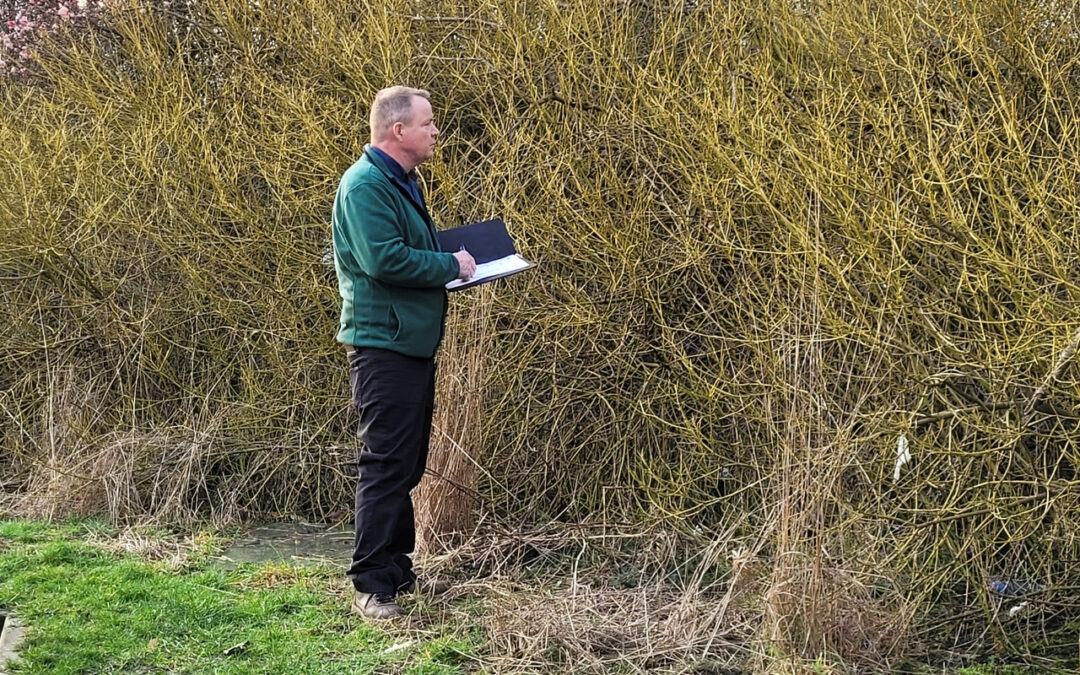How long can Japanese knotweed live for
Japanese knotweed (Fallopia japonica) is a highly invasive plant species that is known to cause damage to infrastructure, buildings, and natural habitats. It has been a subject of interest to many, as it poses a threat to the environment. In this article, we will provide detailed information on the lifespan of Japanese knotweed and the measures that can be taken to control its spread. How long can Japanese knotweed live for
Introduction
Japanese knotweed is a perennial plant that is native to Japan, China, and Korea. It was introduced to the UK as an ornamental plant in the 19th century and has since spread rapidly across the country. The plant is known for its ability to grow quickly and aggressively, with its rhizomes able to spread up to 7 meters in all directions. This has led to its classification as one of the most invasive plant species in the world.
Japanese knotweed (Fallopia japonica) is a highly invasive plant species that is known to cause damage to infrastructure, buildings, and natural habitats. It has been a subject of interest to many, as it poses a threat to the environment. In this article, we will provide detailed information on the lifespan of Japanese knotweed and the measures that can be taken to control its spread.
How long can Japanese knotweed live for?
Japanese knotweed has a long lifespan and can live for up to 100 years. It can grow up to 3-4 meters in height and 7 meters in width, with its bamboo-like stems capable of reaching a diameter of up to 10cm. The plant is known to grow at a rate of up to 10cm per day during the summer months.
Controlling the spread of Japanese knotweed
The aggressive nature of Japanese knotweed makes it difficult to control once it has become established. However, there are measures that can be taken to limit its spread and prevent it from causing damage to infrastructure and natural habitats.
Chemical control: Chemical herbicides can be used to control the growth of Japanese knotweed. This involves the application of glyphosate-based herbicides to the plant’s leaves, which are then absorbed by the plant and transported to the roots. This method of control requires careful application and monitoring to ensure that the herbicide does not cause damage to other plants or wildlife.
Mechanical control
involves the physical removal of the plant’s rhizomes and stems. This method can be effective, but it requires careful handling to prevent the spread of the plant’s rhizomes to new locations. It is important to dispose of the plant’s rhizomes and stems in a manner that prevents them from regenerating.
Biological control: Biological control involves the use of natural predators or diseases to control the spread of Japanese knotweed. However, this method is not yet widely used, as research is still ongoing to find an effective natural predator or disease.
Conclusion
Japanese knotweed is a highly invasive plant species that poses a threat to infrastructure, buildings, and natural habitats. It has a long lifespan and can live for up to 100 years. To control its spread, measures such as chemical control, mechanical control, and biological control can be used. These measures require careful application and monitoring to ensure that the plant’s spread is limited and its impact on the environment is minimized.
Learn about the lifespan of Japanese knotweed and the measures that can be taken to control its spread in this comprehensive guide. Japanese knotweed is a highly invasive plant species that can cause damage to infrastructure and natural habitats. Find out more about this plant and how to control it in this informative article.
